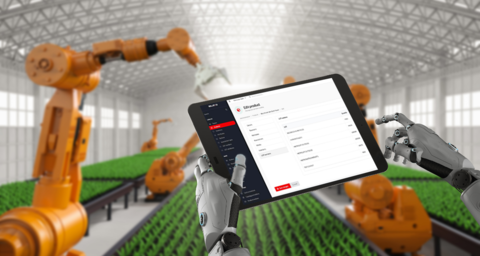The first, in a series of discussions on automation's place in workflow and its ever-evolving effect on business culture and innovation.
Creative thinking is valuable to solving business problems but if the creative talent is spent reformatting and doing grunt work, how can businesses adapt and grow quickly.
Grunt work, creative work, and human contribution.
Search for talent, retaining talent is as much about providing opportunity and fulfilling work environments as is it getting the most out of that talent. Before jumping to any conclusions on that last statement, "getting the most out of that talent" is not about cracking the whip, it's about providing what your team needs to continually add value to your business.
In your workflow, identifying the most fundamental human touch points simplistically put, involves finding those places and times where a human is required whether for their value judgement or creativity, for human to human interaction such as customer service, or for physical tasks. There's a lot packed into a deceivingly small list; it illustrates a key point: for every human touchpoint in your process the more you can provide timely, accurate, and insightful information and direction, the more you unlock your human team's ability to represent and advance your business objectives through their energy, creativity, insight, person-to-person relationships, and yes, still their physical capabilities.
At a high level you want to break down what information does your human team member need at that moment in order to proceed with their human next step:
Dashboards and Summaries.
A warehouse-staff dashboard itemizing exactly what orders have inventory on hand and committed to the client's order.
- dashboard provides staff with only ready-to-go orders and nothing else
- functions like shipping label printing, carrier-ordering all available in a single order-fulfillment screen
This covers a fast fulfillment model. Before human staff even see the order, system automation determines right off the bat whether an entire order is fully available in that warehouse and then hands it off to a human's (via dashboard) who then executes the physical act of packing and shipping.
... your talent pool doesn't want to do grunt work. Having trouble attracting and retaining talent? Is your grunt work workflow grinding them down and driving them away?
When it's not that simple, contextualize!
Providing specific problem-solving cases to warehouse humans gives them a focused context to work on. This automation example divides up orders that require additional human attention versus the ready-to-go orders from the previous example.
- partial orders may need warehouse-to-location transfers (hint, this could be automated too)
- supply chain disruption may require specialized staff to reach out to the buyer for to-the-minute customer service
- split order availability may require more human attention
- vendor or manufacturer contact may be required for customization or re-ordering
What has been eliminated?
- inventory availability double checking: if it's on the screen, automation has already figured out what you can work on
- searching for carrier shipping order to print labels
- deciding if an order is ready to ship or requires human attention: automation has organized this for you
- human eyeballing text-list lookups: an especially risk-prone area to rely on constantly
Why is this automation such high value?
- humans are bad at boring tasks: all three of these tasks are basically grunt work
- your talent pool doesn't want to do grunt work, in addition they can sniff out failure to automate and it rubs them the wrong way; it's in their cultural DNA to see the workplace through the lens of app functionality
- humans looking up information to double check information that's already available is hugely wasteful, doubling or even tripling what should be a simple task
- drastically reduces errors: #'s 1 and 2 above are not only wasting your time-dollars, but they're increasing likelihood of errors which, in turn turns into lost revenue and diminished reputation
Your organization's view of itself changes from daily-grind, to constant value-building.
Driving Value at Scale
By identifying primary areas where procedures can be automated, you not only streamline processes, you create an avenue for scale. You're now able to process exponentially larger amounts of data with the humans no longer required for the grunt work. That could represent sales, inventory transfers, report generation, EFT/ACH/Bank payments, warehouse fulfillment -- almost anything you can think of.
Driving Value at Complexity
When you automate process of deeper complexity you raise your game exponentially. As businesses start to embrace how to manage and grow the place of automation in their operations, they establish a new baseline for performance. This is a learning and culturally transformative experience -- you cannot overestimate how valuable this becomes as your organization's view of itself changes from daily-grind, to constant value-building.

























